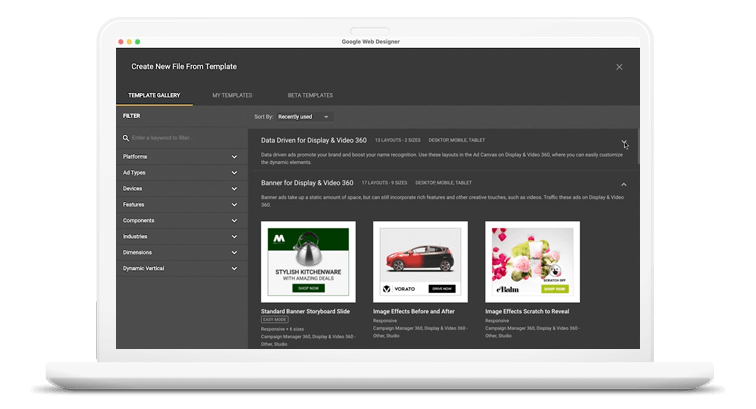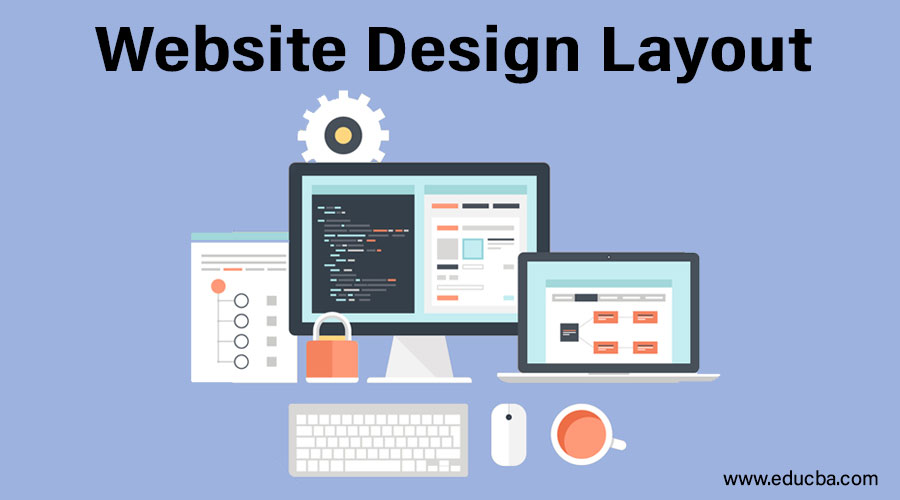The Ultimate Guide to Website Design: Tips for Creating Stunning Websites
The Ultimate Guide to Website Design: Tips for Creating Stunning Websites
Blog Article
Modern Website Style That Captures Interest and Converts
In a progressively electronic landscape, contemporary website design has become an essential consider catching customer attention and driving conversions. By strategically utilizing aesthetic hierarchy, responsive designs, and involving interactive elements, designers can create experiences that not only draw in site visitors but also promote purposeful interactions. Moreover, effective call-to-action strategies play a vital function in directing individuals toward wanted results. As we explore these crucial components, it becomes clear that understanding their interaction can significantly affect a site's performance and user fulfillment. What are the key aspects that absolutely make a difference?
Significance of Visual Pecking Order
Visual power structure is a crucial aspect in website style, as it overviews individuals' focus and enhances their total experience. By strategically organizing material, designers can route customers to the most essential details initially, thereby boosting interaction and improving use.
Incorporating a rational flow in web content arrangement is vital; for example, putting the most essential details on top of a page cultivates instant acknowledgment. Moreover, consistent use typography, such as varying font dimensions and styles, helps establish a clear web content framework. This company not only help in navigation but likewise constructs trust, as customers feel more comfy when they can easily locate what they are seeking.
Eventually, a well-executed visual power structure not only improves aesthetic appeal but likewise significantly affects individual actions. By focusing on essential elements and making certain a smooth experience, designers can efficiently transform site visitors right into customers, enhancing the significance of this foundational style principle in modern web site development.
Responsive Style for All Tools
Producing a smooth experience throughout different tools is essential in today's digital landscape, where users gain access to websites from desktop computers, smart devices, and tablets alike. Responsive style is a crucial method that makes certain internet sites adapt fluidly to various screen orientations, sizes, and resolutions. By employing adaptable grids, images, and CSS media inquiries, developers can produce designs that maintain visual integrity and capability, no matter of the device being used.
The importance of responsive design extends beyond appearances; it straight impacts individual interaction and conversion prices. An internet site that functions well on all gadgets motivates longer gos to and lowers bounce rates, as users are most likely to connect with web content that is simple to browse. Search engines, particularly Google, prioritize mobile-friendly sites in their rankings, making responsive design a crucial part of search engine optimization (SEARCH ENGINE OPTIMIZATION)
Incorporating receptive style not just boosts user experience yet also enhances the development process. By creating a single website that functions throughout devices, services can conserve time and sources compared to creating different mobile and desktop computer versions. Eventually, receptive layout is a basic strategy for modern internet site style, making sure ease of access and fulfillment for all individuals, no matter their device.
Engaging Interactive Components
While a receptive style prepares for a useful web site, integrating engaging interactive aspects is vital for recording customer attention and cultivating much deeper links. Website Design. Interactive elements, such as computer animations, tests, and clickable infographics, create a more vibrant individual experience, encouraging site visitors to invest even more time on the site
Incorporating interactive attributes can additionally assist customers with complicated info, making it easier to absorb material. As an example, interactive sliders can highlight item variations, while embedded videos can offer demonstrations or testimonies that reverberate greater than static images or message. In addition, gamification methods, like incentives for finishing jobs or involving with content, can boost individual inspiration and retention.
Efficient usage of interactive elements not just improves the individual experience but can additionally lead to greater conversion prices. It is important to stabilize interactivity with efficiency; extremely complex features may prevent website speed, negatively affecting customer satisfaction.
Streamlined Navigation Practices
Effective official source navigation is a keystone of any effective site, as it directly affects individual experience and material availability. Structured navigating practices guarantee that individuals can conveniently find information, improving their interaction with the website. A well-structured navigation menu must be intuitive and easy, usually featuring a minimal variety of key groups to avoid overwhelming site visitors.
To achieve structured navigation, designers need to focus on an ordered structure that practically organizes material. Applying breadcrumb tracks can give customers with context concerning their present place within the site, permitting for smooth backtracking. Furthermore, making use of drop-down menus can successfully conserve room while still supplying access to subcategories.
Responsive layout is important, as navigating needs to be functional throughout all devices (Website Design). Mobile customers, specifically, advantage from touch-friendly food selections and retractable sections that maintain usability without endangering visual appeals

Efficient Call-to-Action Strategies
A well-crafted call-to-action (CTA) is necessary for guiding customers toward wanted end results on a web site, as it encourages them to involve with content or buy. To maximize their effectiveness, CTAs should be clear, engaging, and strategically put throughout the site.
First, make use of action-oriented language that interacts seriousness or value, such as "Get Started," "Join Now," or "Case Your Price cut." This language not only motivates individuals yet likewise sets clear expectations concerning the next steps.
2nd, think about style components; CTAs ought to attract attention visually with contrasting shades, enough whitespace, and noticeable positioning. A button that is easy to see and click boosts the chance of Continued customer communication.
Additionally, individualizing CTAs based on customer habits or demographics can significantly enhance engagement. Customized messages reverberate much more with individuals, driving greater conversion rates.

Conclusion
In final thought, contemporary web site design highlights the combination of visual power structure, receptive layouts, involving interactive elements, streamlined navigation, and reliable call-to-action techniques. These elements jointly boost customer experience, making sure that visitors remain engaged and motivated to explore material better. By prioritizing these style concepts, companies can significantly enhance customer retention and conversion rates, ultimately causing higher success in the digital landscape. The continual development of website design highlights its essential role in efficient online communication and advertising.
In a significantly electronic landscape, contemporary site design has emerged as a crucial aspect in recording customer focus and driving conversions.Aesthetic hierarchy is a crucial aspect in web site layout, as it overviews individuals' attention and enhances their total experience.The significance of receptive layout extends beyond aesthetics; it directly impacts customer engagement and conversion prices.Incorporating responsive layout not just enhances user experience yet also streamlines the growth process. Ultimately, receptive style is a fundamental approach for contemporary site style, ensuring access and complete satisfaction for all users, regardless of their tool.
Report this page